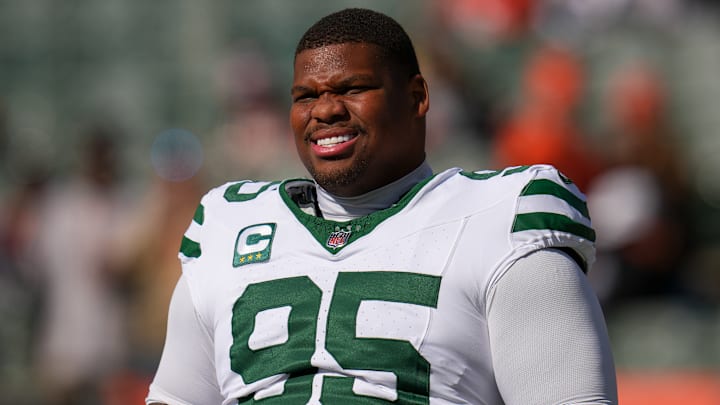The NFL trade deadline proved to be a monumental one, as numerous stars were moved. While some names were expected, others came as a complete surprise. This was one of the most hectic days in recent memory, both as a Steelers fan and an NFL fan.
However, the Pittsburgh Steelers performed their own adaptation of “All Quiet on the Western Front.”
Despite months of speculation that this team would be players at the trade deadline, Pittsburgh opted to stand pat with its roster as is. While the team was reportedly in on numerous deals, nothing materialized.
Fans have been quick to criticize this lack of deals. However, after sifting through the rubble and seeing what the cost of doing business was, the Steelers were wise to sit on their hands.
The Pittsburgh Steelers look like genius by not making any trade deadline deals
Let's start with the obvious and most notable moves from the day. The Jets decided to trade away core defenders Quinnen Williams and Ahmad Gardner. While either would have looked excellent in the black and gold, neither was a realistic option.
Gardner required two first-round picks while Williams required a future first and next year’s second. They would have been added to crowded rooms at an extremely high cost.
READ MORE: Steelers’ puzzling roster move has fans questioning the defense
The real story was the receiver market. A slew of names were discussed as options, and two ultimately got traded. Jakobi Meyers and Rashid Shaheed both found new homes, and each cost a fourth-round pick plus an additional day three pick.
Both receivers are fine players. Meyers is a low-end starter who will thrive as a second option in the Jaguars' defense. Shaheed is a big play threat who can stretch the field.
So why were the Steelers wise to avoid either player? Simply put, their offense isn’t built to feed two top receivers. Either would have had to be ok playing second fiddle in a conservative passing offense.
Both of these players are set to be free agents next offseason. They want to go to a place that will either pay them or elevate their value. Pittsburgh wouldn’t have helped with either of those dilemmas.
It seems like the cost of trading this year was higher than usual. I also saw no realistic long-term options outside of the major trades that were priced out of what Pittsburgh could afford. The Steelers were smart to sit pat and keep their roster as is heading into the second half of the season.
